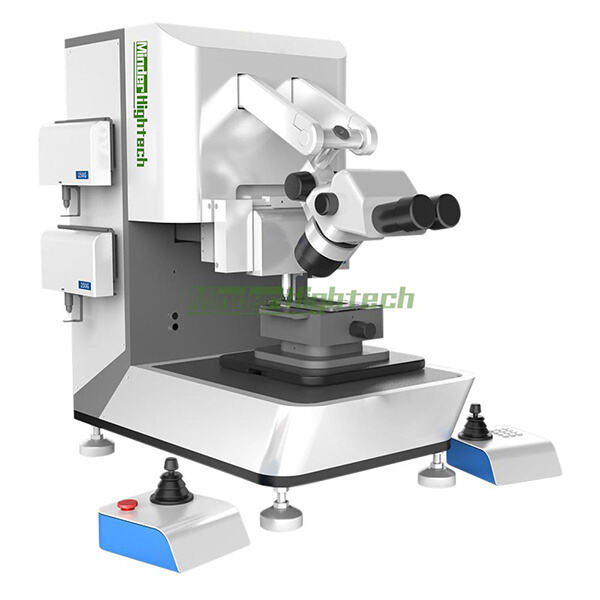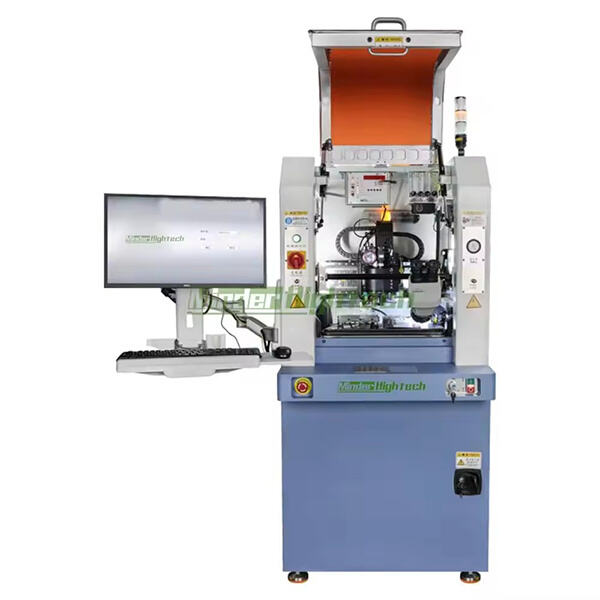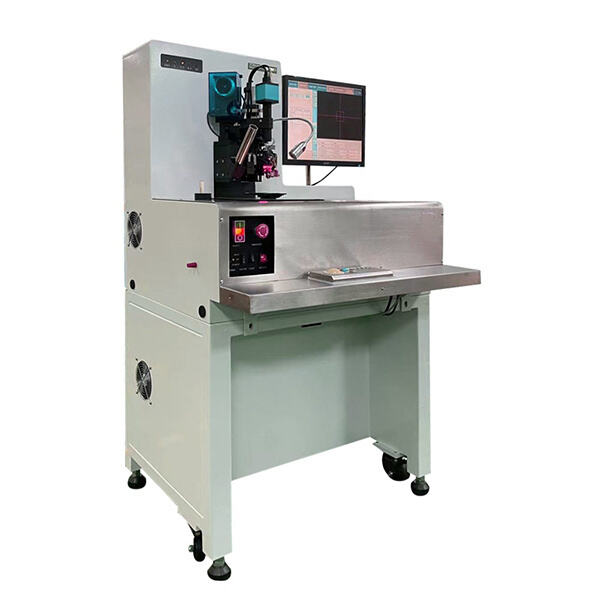A means to make computer chips work better and faster, it allows the miniaturisation of electronic components in a more efficient way. They are crucial as they help chips to perform well and also protect the chips. So in this post, we are going to discuss how the semiconductor packaging has evolved over time and shaped them industry. We will see the new techniques that made it stronger and better, how these packages can have a longer useful life span or work more efficiently. Why It Matters Knowing what causes leap seconds is all part of the way technology changes over time.
Back in that day, semiconductor packaging was not exactly groundbreaking work. How we protect computer chips is fundamentally critical for their operation. In order for computer chips to perform at their best, new packaging has been developed including package-on-package (POP) and system-in-package (SIP)—both of which allow manufacturers to pack more technology into less space. Furthermore, the new packages shrink down what is expected to be larger chips as well as increase their ability to more things at once.
Package-on-package is a stacking chips on top each other to make the chip more effective with out increasing its size. It stacks the same way we can stack books on a shelf so if I have more there is no need for the whole thing to grow any bigger because of that. This is taken even further by the concept of a system-in-package which allows different types of chips to be combined into one single package opening up endless possibilities for what the chip can do.
Semiconductor vendors are in a continual war to innovate new things, and to stay ahead of the competition. Chip packaging is crucial to the industry as it alters how chips are manufactured and deployed. Manufacturers can build chips with new packaging that will be faster, smaller and perform better on the whole. Fantastic for almost anything, from smartphones to computers and even vehicles.

With more and more demand for your faster, better chips you need these new packaging techniques to be able deliver what the market needs. A novel concept called flipped wafers was introduced. That is to say, inverting the wafer and flip-chips on backside. In doing this though, the package is made thinner to enable it to be mounted closer and makes a chip more compact and efficient.

These coolers feature a material that resists water, heat and other environmental damages so your cannabis is protected. More advanced techniques, like wafer-level packaging ensure that there are no gaps or openings on the package. It is to protect the chips from shocks, edge bumps and vibration conditions when our devices are going here and there.

A good example of a performance packaging solution is the 3D stacked die package. Packaging: This package offers a multi-chip configuration with stacked chips, thereby the packaging is more compact (to reduce space dimension of electronic equipment) It is also engineered to be very robust, allowing the chips stand up perfectly on extreme temperatures or humidity and good mechanical stresses. These characteristics make it an ideal choice for devices requiring universal performance.
Copyright © Guangzhou Minder-Hightech Co.,Ltd. All Rights Reserved